Expansion of Smart Cities Initiatives
The Fixed Connectivity Market is significantly influenced by the expansion of smart city initiatives across various regions. These initiatives aim to integrate technology into urban infrastructure, enhancing the quality of life for residents. As cities adopt smart technologies, the demand for reliable fixed connectivity solutions increases. For instance, cities are deploying sensors and IoT devices that require stable internet connections to function effectively. This trend is reflected in the projected growth of smart city investments, which are expected to reach trillions of dollars in the coming years. The Fixed Connectivity Market stands to benefit from this momentum, as municipalities seek partnerships with service providers to ensure robust connectivity.
Rising Demand for High-Speed Internet
The Fixed Connectivity Market is currently experiencing a surge in demand for high-speed internet services. This demand is driven by the increasing reliance on digital platforms for work, education, and entertainment. According to recent data, the number of broadband subscriptions has reached over 1.5 billion worldwide, indicating a robust growth trajectory. As consumers seek faster and more reliable connections, service providers are compelled to enhance their infrastructure. This trend is likely to continue, as advancements in technology, such as fiber-optic networks, promise to deliver unprecedented speeds. Consequently, the Fixed Connectivity Market is poised for expansion, with companies investing heavily in upgrading their networks to meet consumer expectations.
Growing Adoption of Remote Work Solutions
The Fixed Connectivity Market is witnessing a notable shift due to the growing adoption of remote work solutions. As organizations increasingly embrace flexible work arrangements, the demand for reliable fixed connectivity has intensified. Employees require stable internet connections to perform their tasks efficiently, leading to a surge in home broadband subscriptions. Data indicates that remote work has led to a 30% increase in demand for high-speed internet services. This trend is expected to persist, as companies recognize the benefits of remote work, thereby driving further investments in fixed connectivity solutions. The Fixed Connectivity Market is likely to evolve in response to these changing work dynamics.
Increased Government Investments in Broadband
Government investments in broadband infrastructure are playing a pivotal role in shaping the Fixed Connectivity Market. Many governments are recognizing the necessity of high-speed internet as a fundamental utility, akin to water and electricity. Recent initiatives have allocated substantial funding to expand broadband access, particularly in underserved areas. For example, several countries have launched programs aimed at achieving universal broadband coverage, which is projected to enhance economic growth and social inclusion. This influx of public funding is likely to stimulate competition among service providers, driving innovation and improving service quality within the Fixed Connectivity Market.
Technological Advancements in Connectivity Solutions
Technological advancements are significantly impacting the Fixed Connectivity Market, as innovations in connectivity solutions emerge. The introduction of next-generation technologies, such as 5G and advanced fiber-optic systems, is transforming the landscape of fixed connectivity. These technologies promise to deliver faster speeds, lower latency, and improved reliability, which are essential for modern applications. As service providers adopt these advancements, they are likely to enhance their competitive edge in the market. Furthermore, the integration of artificial intelligence and machine learning in network management is expected to optimize performance and reduce operational costs. The Fixed Connectivity Market is thus positioned for growth, driven by these technological breakthroughs.


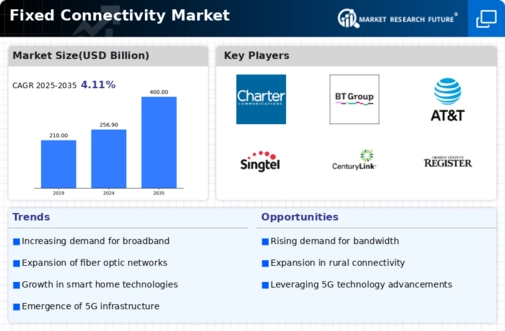
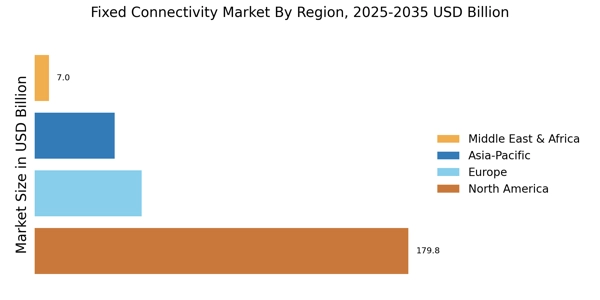
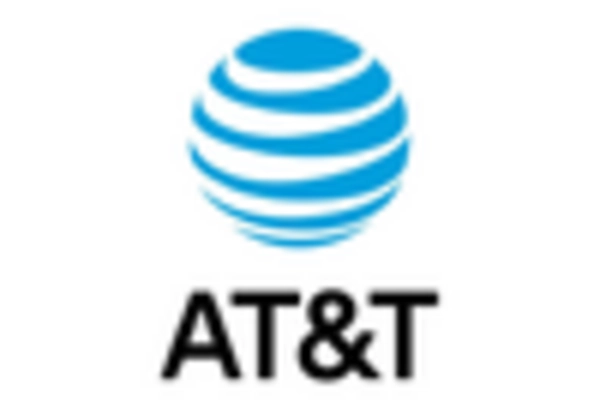
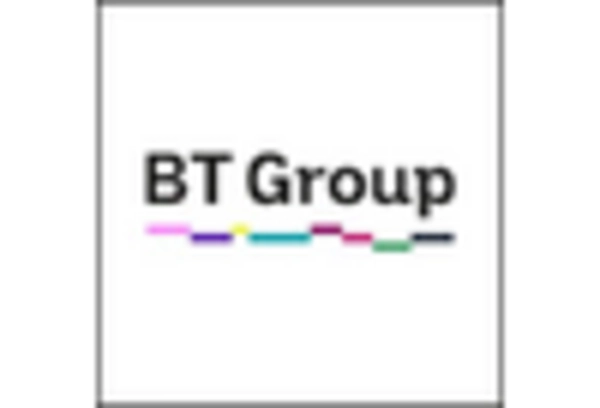
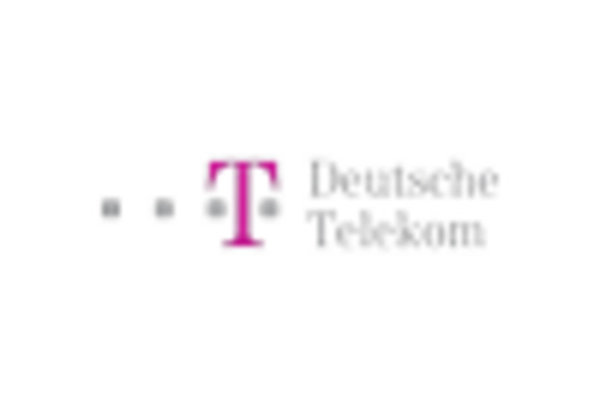
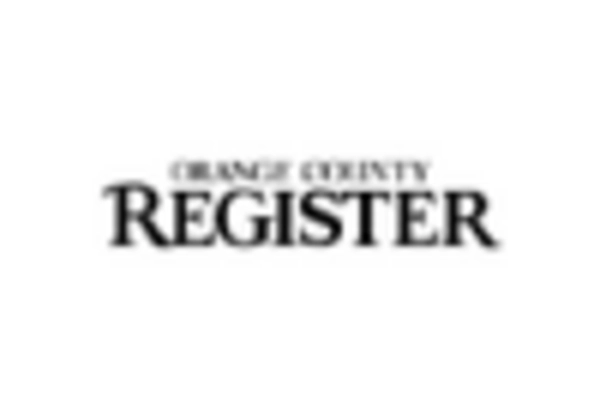

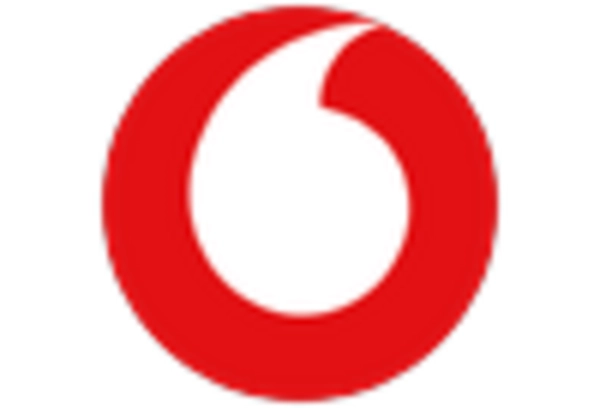








Leave a Comment